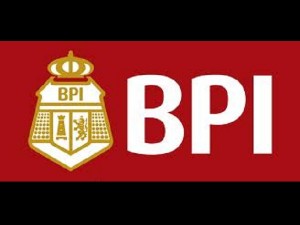MANILA, Philippines–Manufacturing growth improved for the third straight month in July amid higher domestic sales that offset weak exports, the latest IHS Markit Philippines Manufacturing Purchasing Managers’ Index (PMI) released Thursday showed.
The seasonally adjusted PMI further rose to 52.1 last month from 51.3 in June, which global research firm IHS Markit said was the strongest monthly reading so far this year.
A PMI score above 50 meant there was an overall increase in manufacturing activity.
“Filipino manufacturers saw a stronger improvement in business conditions in July, as sales growth reached a six-month high and enabled a solid increase in production. Employment and input purchases were also up from June. At the same time, selling prices rose only modestly as cost pressures remained relatively soft,” IHS Markit, which compiles the monthly PMI survey data, said in a report.
However, IHS Markit said manufacturing growth in July remained weaker than the average since January 2016.
As global trade tensions mainly due to the tariff “war” between the US and China continue to slow export sales, strong local demand bolstered manufacturing activity in the Philippines.
“The increase in demand was largely domestic, as latest data indicated a second successive monthly fall in new export orders. A number of firms reported a lack of orders from foreign clients, although the overall rate of decline was slightly softer than in June,” IHS Markit said.
“New order growth was up notably in July, easing some worries in recent months that the manufacturing environment was facing a slowdown. Output, meanwhile, increased at a solid rate, albeit one that was weaker-than-average for the Filipino goods-producing sector,” IHS Markit economist David Owen said.
“Despite the sudden uplift in demand, price pressures appeared unaffected. Input prices rose at only a modest pace, with an improvement in the exchange rate with the US dollar helping to ease the impact of higher raw material prices. This fed through into the softest increase in selling prices at manufacturers since June 2017. Overall, this should help to maintain strong sales growth if demand conditions remain elevated,” Owen added.
The peso closed July at 50.89:$1, stronger than 51.233 against the greenback as of end-June. /jpv


